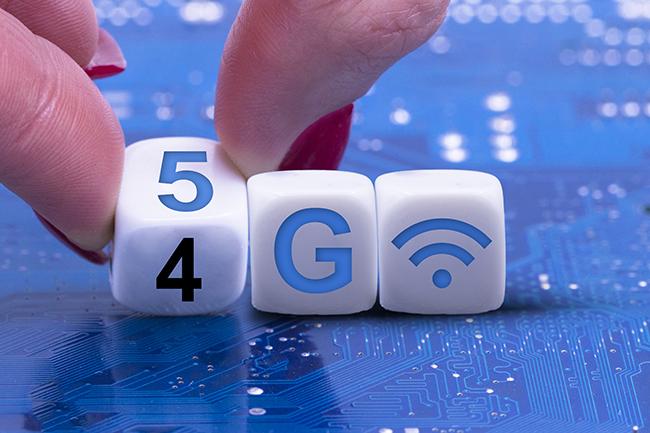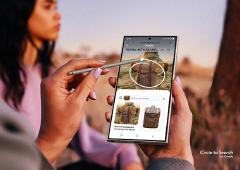Categories
Are 2G and 3G networks still available?
4 minute read

2G and 3G are the second and third generation of mobile network technology. They allow you to browse the internet, send messages, and make calls without being connected to Wi-Fi.
However, now that mobile networks are switching the services off, what’s replacing them?
Is 2G still available?
As of 2023, 2G is still available across the UK.
The Government’s current plan is to make 2G available until 2033 when it will no longer be needed as a backup service.
Newer devices are 4G and 5G compatible, so if you have one of those, you’re unlikely to ever use 2G. However, older mobile devices only support 2G and 3G, so you might want to consider upgrading before the switch off.
When does 3G turn off?
3G is being turned off before 2G, despite its wider coverage.
Due to the advances of 4G and 5G in most areas, and 2G being a last-resort backup service, 3G is quickly becoming an unnecessary in-between. Most network companies have decided to switch 3G off in the very near future.
- EE: March 2024
- Three: December 2024
- O2: December 2025
- Vodafone: 2024 (although they began localised shutdowns in June 2023)
Top tip: When 3G is switched off, your device will automatically connect to either 2G, 4G or 5G. You won’t have to do a thing.
What’s replacing 2G and 3G?
4G and 5G have already started replacing 2G and 3G.
Networks have now rolled out 4G across most of the country, giving us faster connection speeds and quicker downloads. 5G is also being rolled out, but this is far more localised than 4G.
Eventually, 5G will be more widespread, but as 4G covers 92% of the UK, it won’t be an immediate rollout. 5G covers approximately half the country, including most major towns and cities, but is yet to make it to the more rural regions.
What exactly are 4G and 5G?

Simply put, 4G is a faster version of 3G, and 5G is faster than 4G. They do the same thing, just better speeds than before.
When was 4G introduced?
4G was introduced in 2009 as the fourth generation of mobile network technology.
4G is approximately five times faster than 3G. To give you an idea of what that means, if you tried to download a 3 GB movie, it would take over an hour on 3G, but just under 30 minutes using 4G, on average.
You may have noticed that your 4G doesn’t feel as quick as it used to, and you might be right. There’s a lot more traffic across mobile networks than there was over a decade ago, so everything is a bit slower, like when you have too many people using the same Wi-Fi connection.
That brings us to the introduction of 5G.
What makes 5G so good?

5G uses different antennas and different radio frequencies than previous generations, making the connection a lot faster.
Where 4G operates on frequencies below 6 GHz, 5G uses frequencies of 30 GHz or above. These high frequencies come with a huge capacity for fast data. A single 5G tower can support over 1,000 more devices than a 4G tower.
5G towers are also directional. This means that where 4G towers broadcast data in all directions, 5G towers send data directly to where it’s needed. However, because of this, 5G is often a shorter range, and if you move too quickly (i.e. on a train) you may drop down to 4G instead.
The sunset on 2G and 3G
Although 2G and 3G coverage will be switched off automatically by 2033, most mobile networks will roll out local switch offs before this date.
If you live in an area that’s going to be switched off, don’t worry, you won’t be caught by surprise. Network providers are expected to give their customers a notice of three to six months minimum if they need to update their device.
Get a new iPhone 15 from giffgaff
If you want to get ahead of the game, and make sure your phone is compatible with 4G and 5G before the switch-off, why not try an iPhone 15?
As the latest iPhone model, it’s guaranteed to support 4G and 5G for the next few years at least. You can get one new from giffgaff.





